Last September, Pao School's Middle School campus launched its ‘Service Learning’ program, which combines experiential, project-based learning with community service. This initiative reflects the school's mission to promote learning appropriate for today's China, educating children for the future world.
The Service Learning program embodies the principle of ‘unity of knowledge and action,’ balancing educational goals with effective service. Centered on four core concepts—ecology, environmental protection, inclusion, and education—the program guides students through the five stages of investigation, preparation, action, reflection, and presentation. Service activities include support for the elderly, community-school collaboration and charity projects, designed to be of benefit to a variety of groups, including seniors, under-privileged children, and individuals with disabilities. The program enhances students' skills in research, teamwork, and communication while fostering civic awareness and critical thinking, preparing them for lives as responsible citizens.
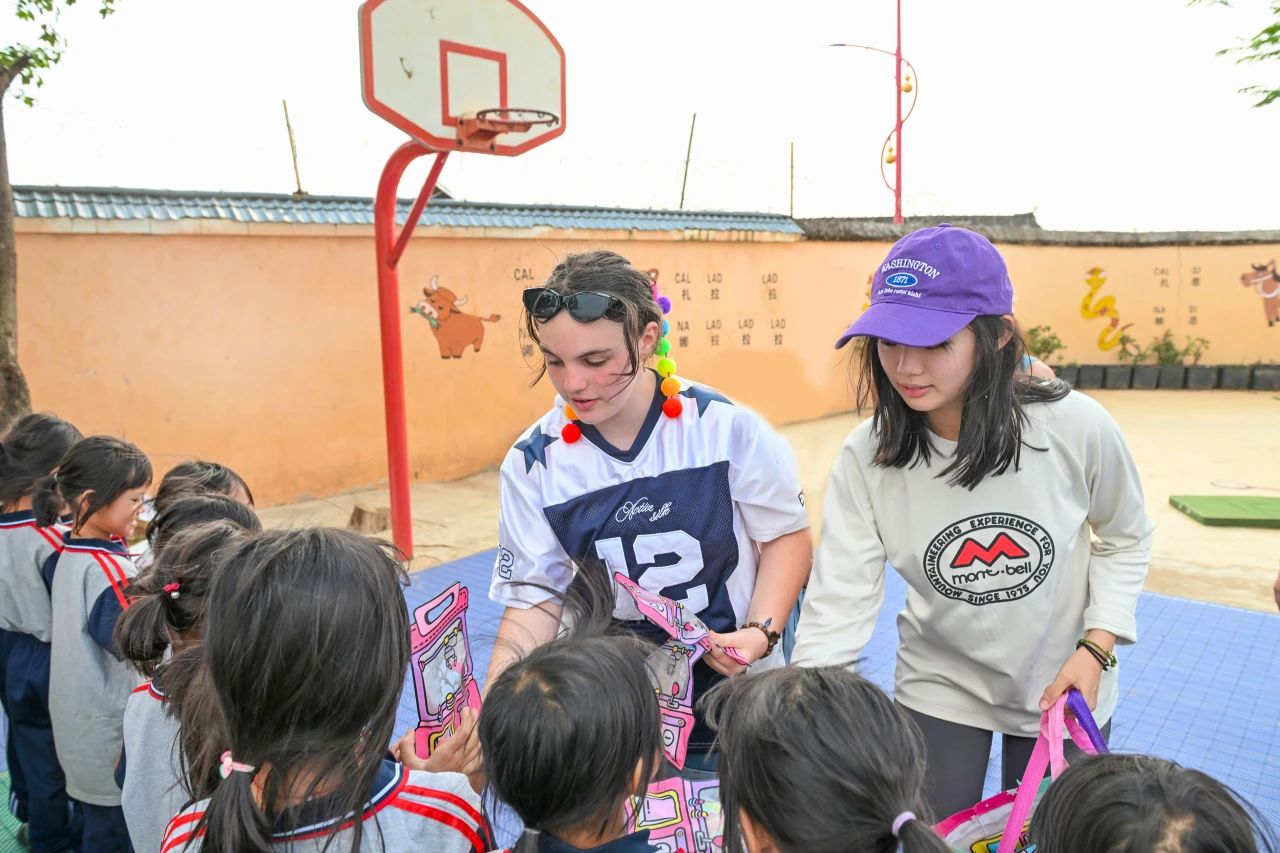
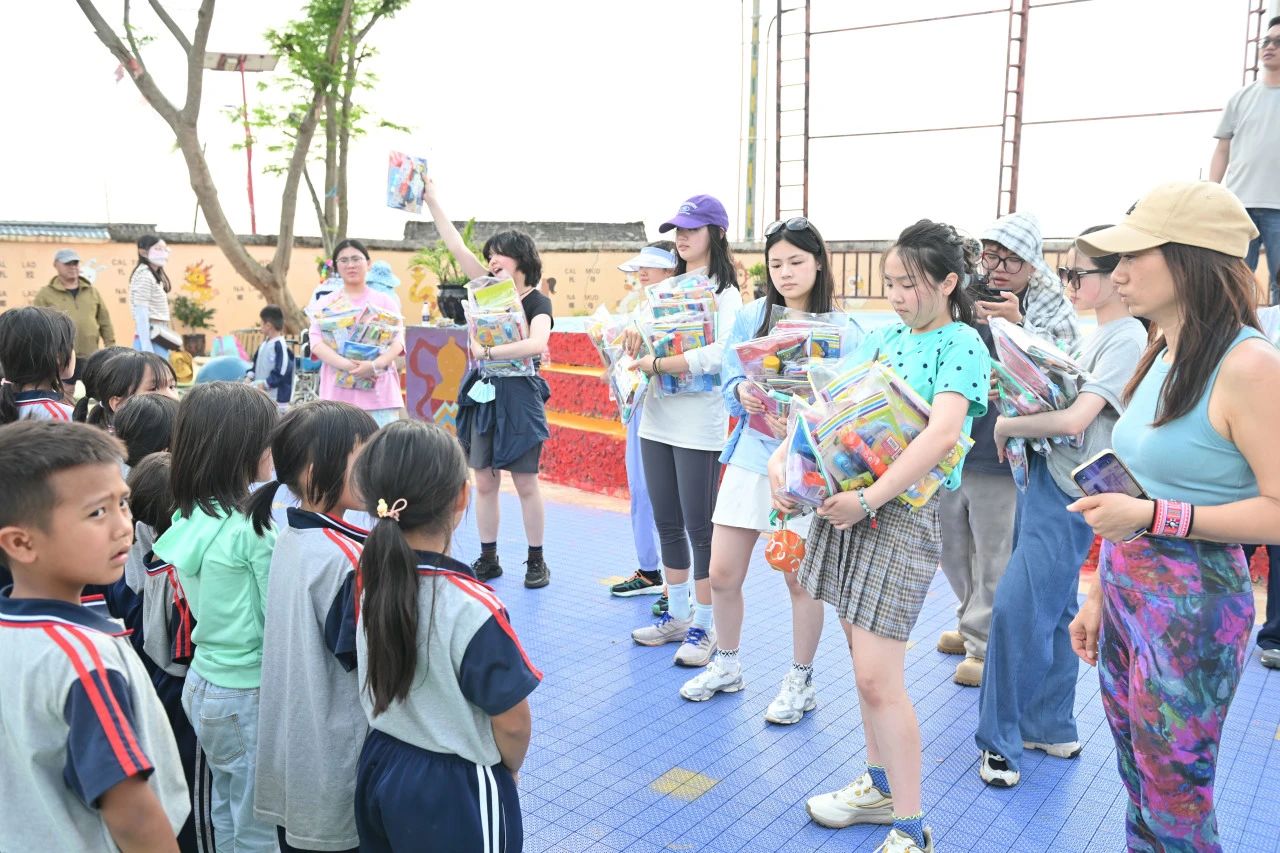
The Middle School Campus has incorporated the Service Learning program as part of its co-curricular activities (CCA) since 2023. The enhanced Service-Learning initiative now seamlessly combines community service with classroom learning. Throughout the year, eight unique projects, including ‘Caring for Orangutans’ and ‘Museum Volunteers,’ provided a wide range of learning experiences to students, while underscoring the school’s commitment to civic engagement and social responsibility. In cooperation with Shanghai Zoo, Middle School students focused on the conservation of endangered orangutan. Through a series of lectures, research activities, and hands-on projects, such as creating toys for orangutans, they developed a deep understanding of the species' habits, habitats, and health needs, and of the conservation efforts involved in protecting them. After more than a month of preparation, the students, acting as ‘Spokesperson for Orangutans,’ visited Shanghai Zoo to educate visitors about orangutans. They created eye-catching posters and flyers, crafted an informative tour script for the orangutan exhibit, and organized interactive games to engage the audience.
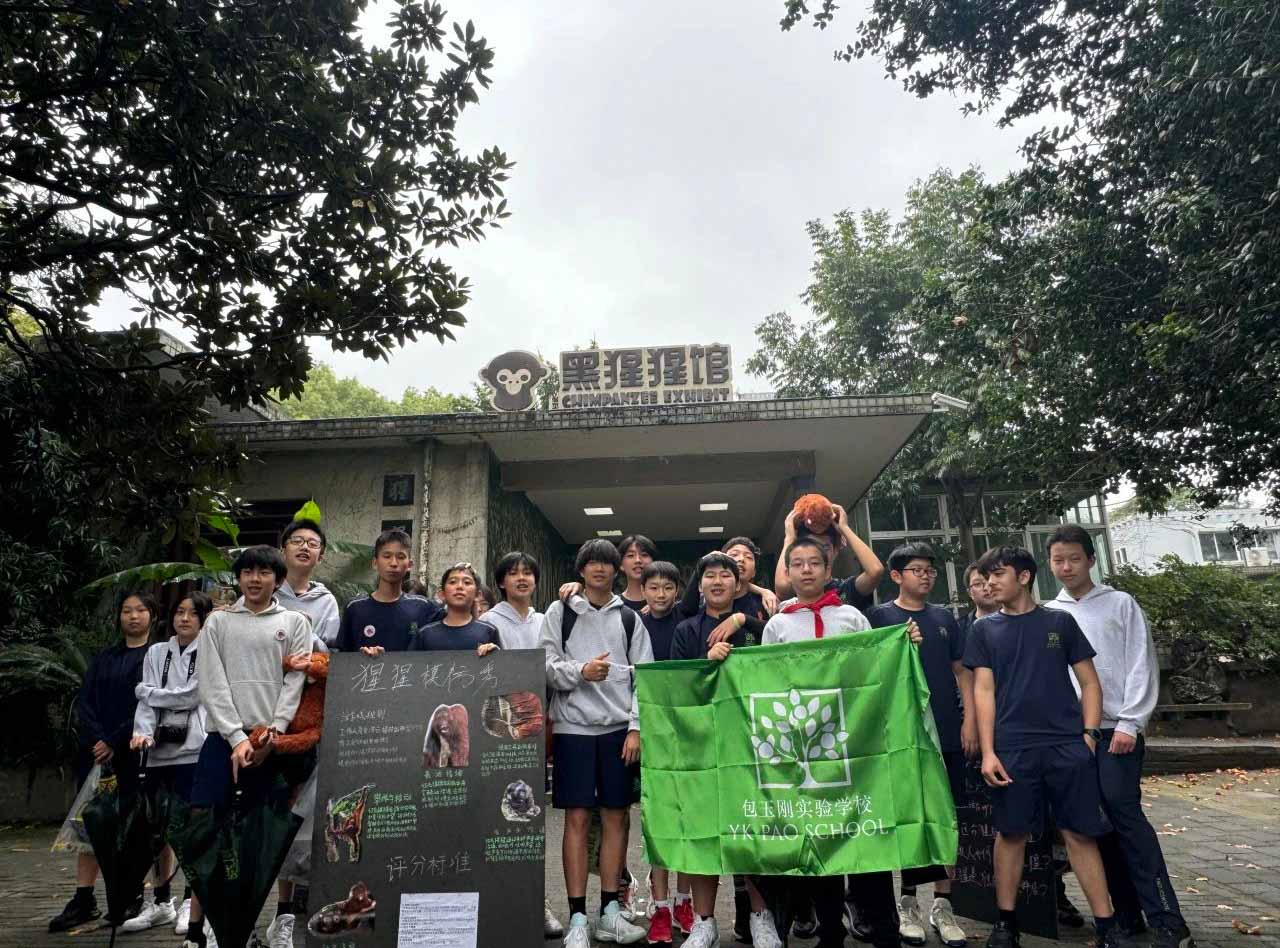
This service learning journey continues as students reflect on and present their experiences. By summarizing their achievements and noting areas for improvement, they gain a deeper understanding of what they have learnt. This process lays a solid foundation for future exploration and practice.
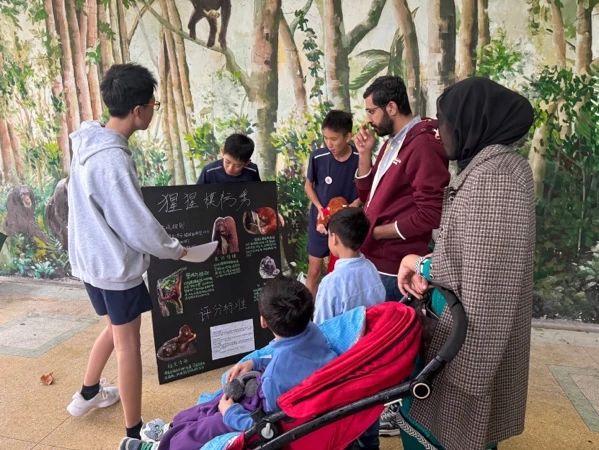
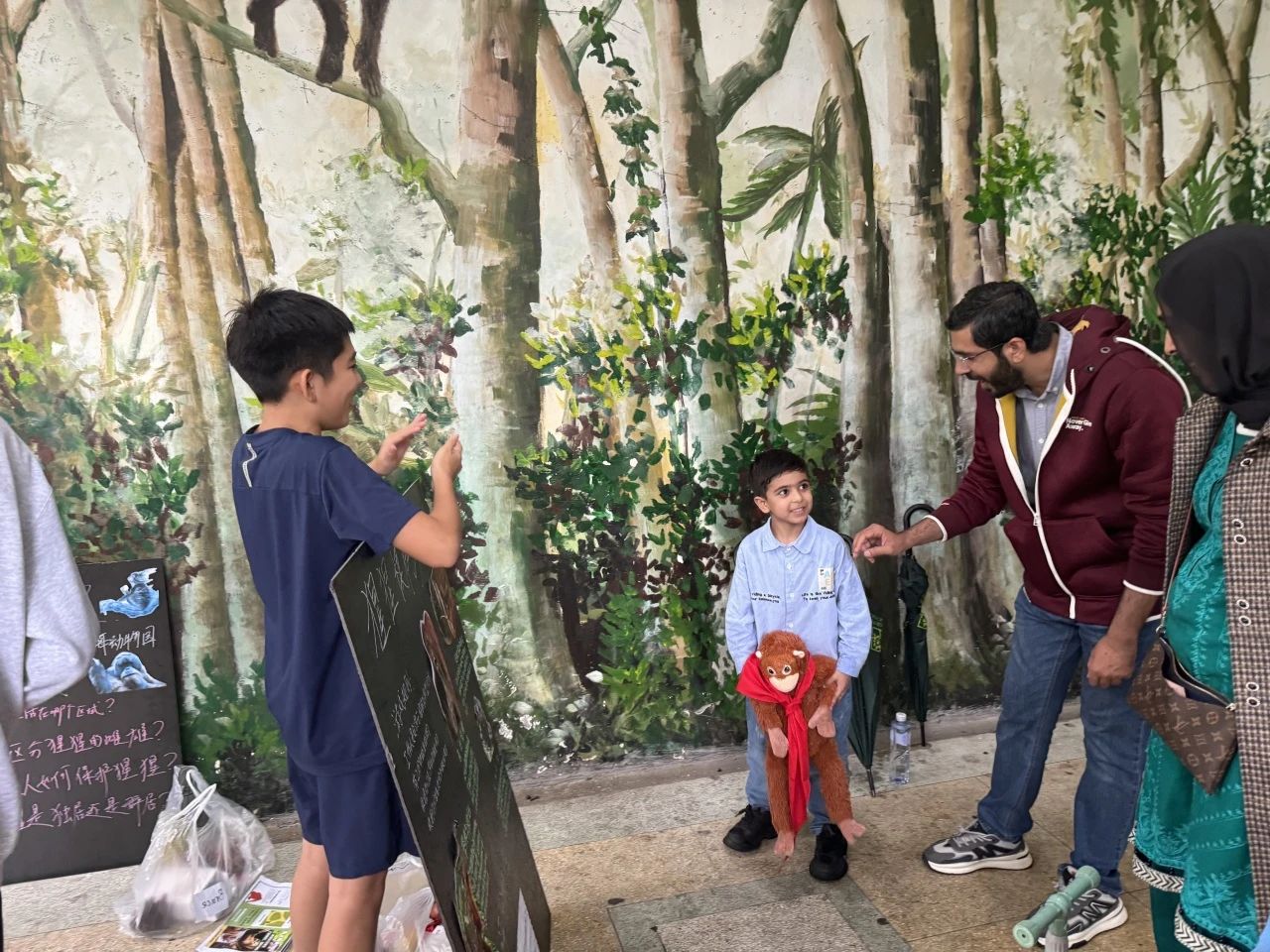
From the orangutan project, Year 8 student JJ Wang’s team discovered that different audiences require tailored communication strategies. For example, university students were keenly interested in the tour content, while younger children preferred interactive performances. The team also identified varying prize preferences: young people favored keychains, while students preferred candies. To capture attention early, one team created eye-catching green posters to draw audience attention.
After more than a month of dedicated preparation, the middle schoolers visited the Shanghai Children's Museum, where they engaged young visitors through interactive games, drama performances, and captivating stories. To ensure effective communication with children around three years old, the students consulted museum experts and conducted visits to local kindergartens for practice in hands-on interaction. Guided by their teachers, they sourced props, rehearsed short plays, and designed games tailored to enhance the museum experience for their young audience.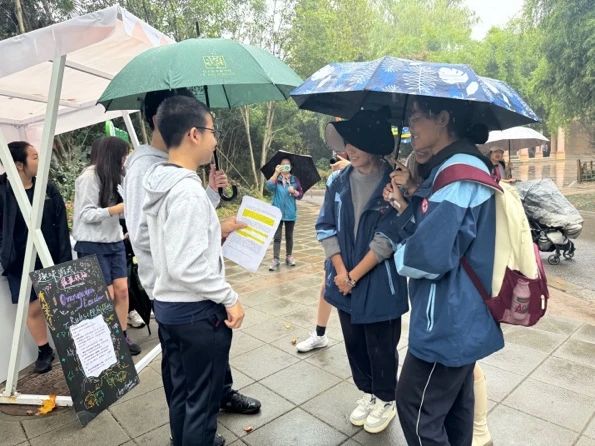
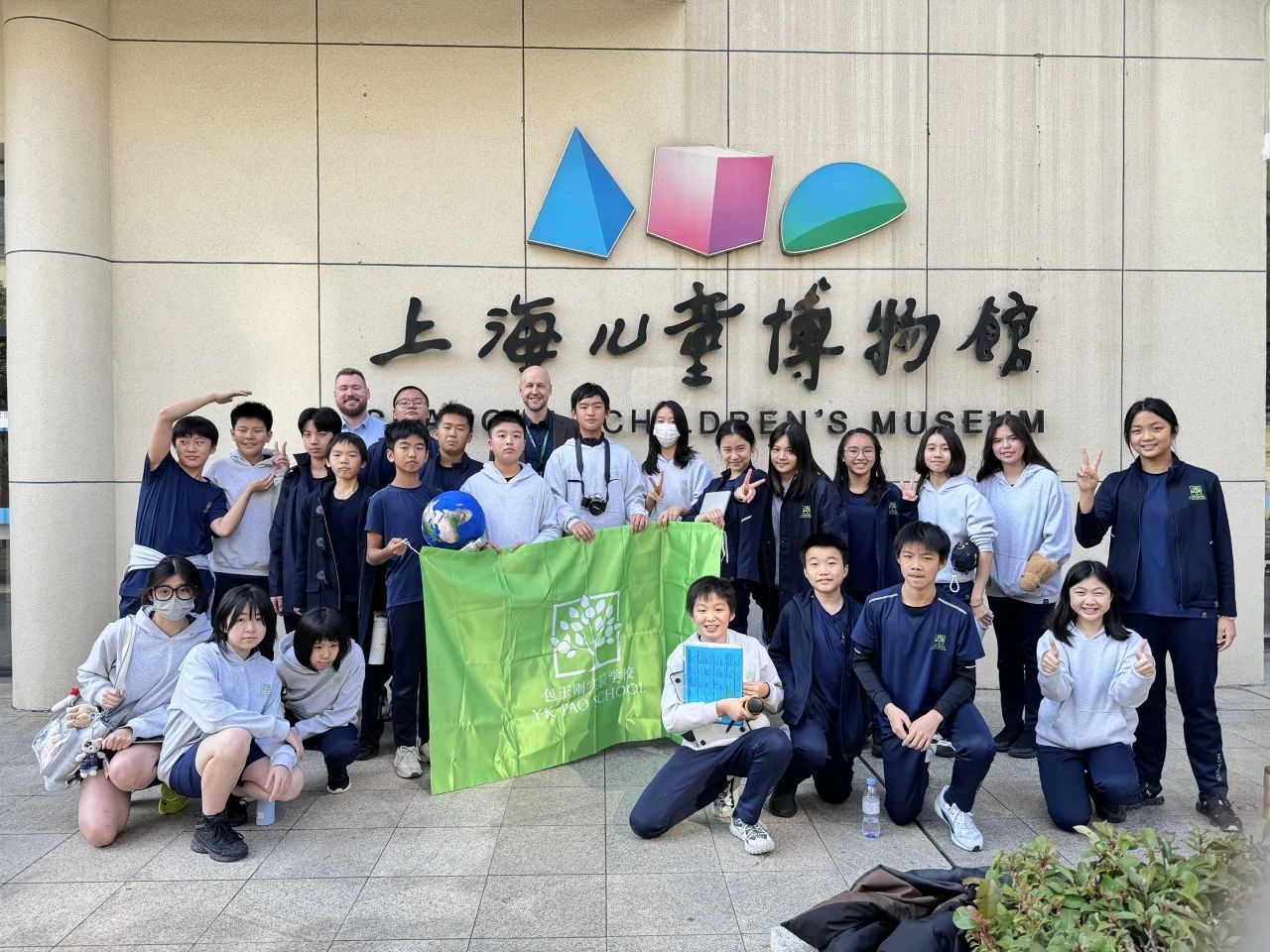
One group of students organized a performance featuring the character Dora from a popular TV show, in addition to setting up an area for the visitors to draw. On the day of the event, a much larger than expected number of younger children showed up, as part of a primary school students museum tour. The team had to improvise their plan on the spot by dedicating a student to manage the crowd in the drawing area, following a contingency plan that they previously designed during the preparation process. Reflecting on their experience, the students noted: "Without this teamwork and flexibility, we wouldn’t have been able to react so quickly."
By integrating community service with academic learning, Pao School is fostering a generation of engaged and responsible citizens who are well-equipped to make meaningful contributions to their communities.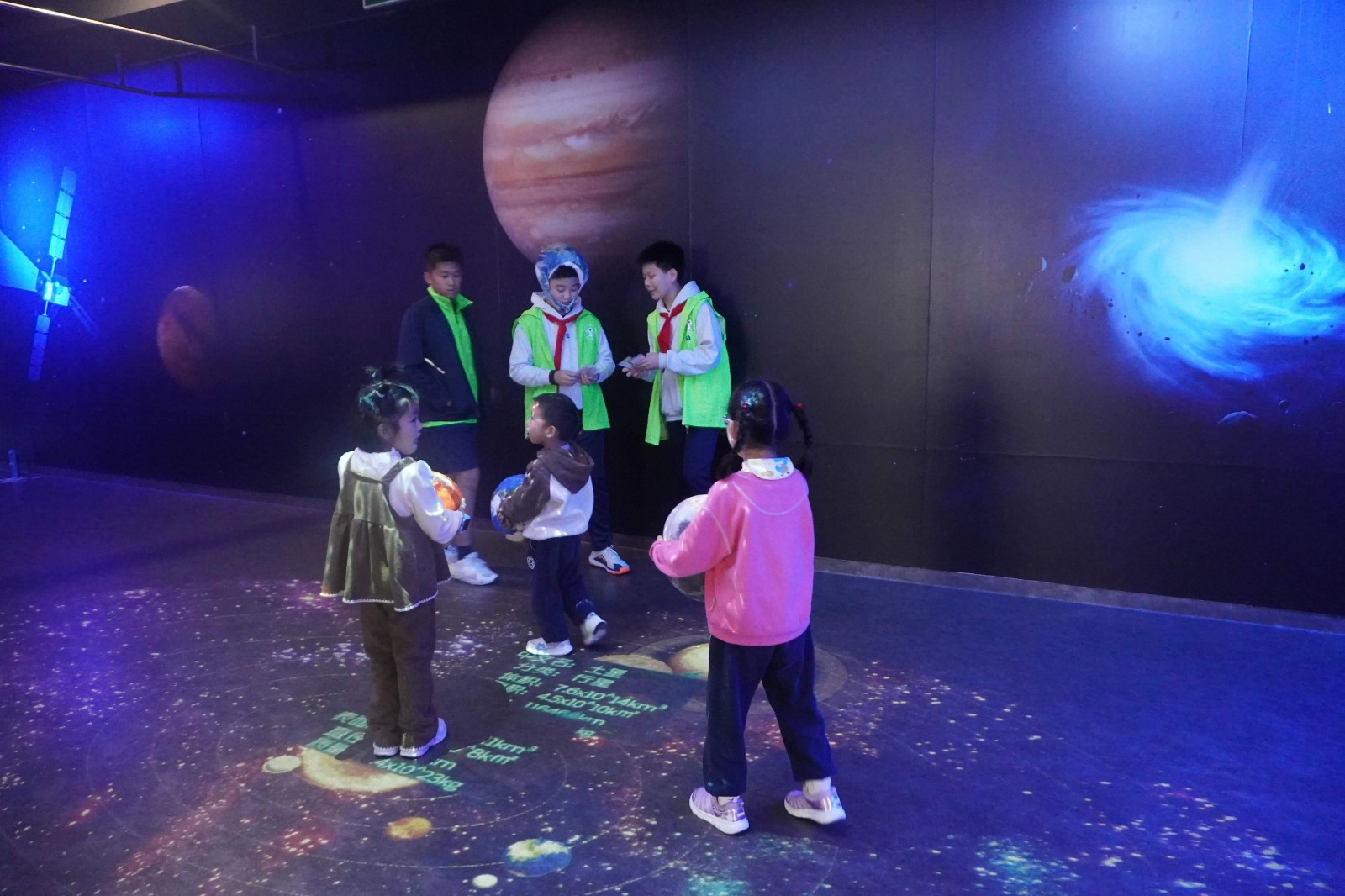

*Contributions to this article was made by Ms. Julie Wang, Middle School Service Learning Coordinator